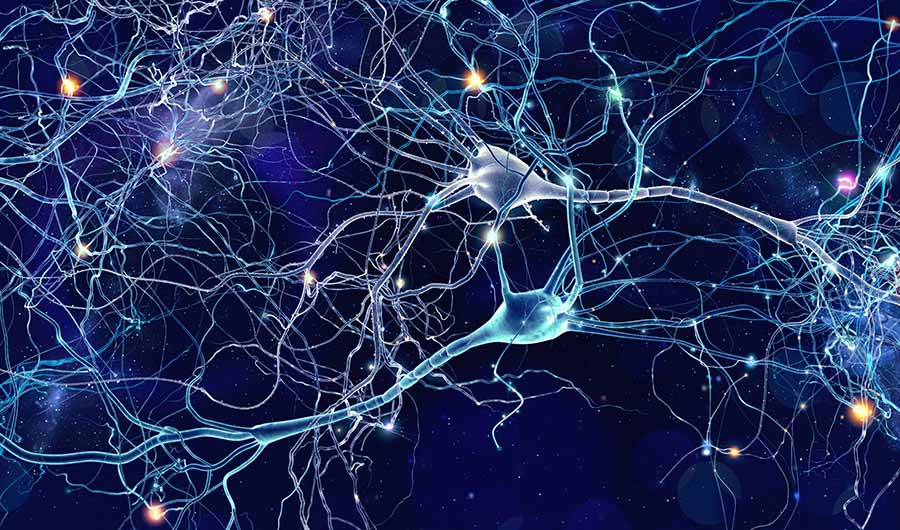Comments
- No comments found

Naomi Eisenberger designed an experiment to find out what goes on in the brain when people feel rejected by others.
The social neuroscience researcher from UCLA had volunteers play a computer game while their brains were scanned by fMRI machines. Subjects thought they were playing a ball-tossing game over the Internet with two other people. There was an avatar for the volunteer, and avatars for the two other people.
About halfway through this game of catch, the subject stopped receiving the ball and the two other players threw the ball only to each other.
In reality, there were no other human players, only a computer program designed to exclude the test subject at some point. But even when they learned the truth, the subjects said they still felt angry, snubbed, or judged, as if they had been left out of the game for some personal reason.
Even more interesting to the neuroscientists was what was happening inside the brain. When people felt excluded there was corresponding activity in the dorsal portion of the anterior cingulate cortex — the neural region involved in the “suffering” component of pain. In other words, the feeling of being excluded provoked the same sort of reaction in the brain that physical pain might cause.
Here's why your body language matters. As the research highlights, it really doesn’t take much to make people feel left out. The signals that make someone feel unimportant are often slight: letting your gaze wander while he or she is talking or angling your shoulders even a quarter turn away. Trivial actions, if they happen only infrequently, are most likely not going to demoralize a team member. But if you are continually off-handed, neglectful or unresponsive to certain individuals, your behavior will not go unnoticed and it can be seriously destructive of the collaboration you are seeking to foster in the group.
Team members who feel that they and their ideas are being ignored will simply withdraw and stop contributing, and the sense of unease created by that withdrawal will broadcast itself subliminally to the whole group.
Leaders with inclusive body language create an emotional environment that supports collaboration and high performance. But when a leader appears to play favorites by using more positive nonverbal signals (smiles, head nods, forward leans, eye contact) with some people than with others, and when those behaviors result in “hurt” feelings in those who feel excluded – it is actually painful.
Carol is an international keynote speaker at conferences, business organizations, government agencies, and universities. She addresses a variety of leadership issues, but specializes in helping leaders build their impact and influence skills for fostering collaboration, building trust, and projecting that illusive quality called "leadership presence." She is the author of "STAND OUT: How to Build Your Leadership Presence." and the creator of LinkedIn Learning's video course, "Body Language for Leaders." Carol completed her doctorate in the United States. She can be reached at http://CarolKinseyGoman.com
Leave your comments
Post comment as a guest